Identifying Bird Habitat in the Arctic
By Chris Free
After six years of patient yearning, it’s a pleasure to return to Alaska, especially under the auspices of the ACF and the direction of Audubon Alaska. I received my diploma barely three weeks ago from Middlebury College where I studied Conservation Biology and developed a keen interest in biogeography, conservation, and spatial ecology. I’ve returned to Alaska, having been here once before on family vacation, partially because of its beauty, intrigue, and importance; partially because my internship offers a unique opportunity to meld my previously divergent interests in bird conservation, marine ecology, and biogeography; and entirely because it has been a life long dream. This summer I’m working for Audubon Alaska developing a new methodology for delineating important marine birds areas in the Bering Sea ecoregion. A typical day requires research, analysis, mapping, consultation, and a minimum of two cups of tea.

The more than one-million-square-mile Bering Sea ecoregion constitutes one of the most remote, pristine, and wildlife-rich places remaining on the planet. Many species of birds, including the red-legged kittiwake, bristle-thighed curlew, red-faced cormorant, and spoon-billed sandpiper, are endemic to the region, while other species rely on the region for seasonal migration, breeding, nesting, feeding, molting, and wintering. The identification of the areas essential to the livelihood of these birds is therefore essential to the successful conservation of both locally and globally important avifauna. These areas, once identified, can be protected from onshore development, commercial fishing, shipping lanes, and chemical pollution. Additionally, the management of these areas for non-native species, most notably rats, foxes, and other introduced predators, can dramatically improve seabird hatch success. The work of Audubon Alaska in the identification and promotion of important bird areas has been unparalleled within Alaska and my summer work will provide them with a more objective, rigorous, and adaptable methodology for identifying areas of critical importance.
Previously, important bird areas have been identified by expert opinion alone, without the contribution of an objective scientific process; although this methodology has met moderate success, it is not defendable because of its subjectivity and reliance on the availability of experts. My work will therefore provide Audubon Alaska with increased traction in advocating important bird areas as well as a more robust methodology for identifying important bird areas in both data-rich and data-deficient environments. My work, while it will surely benefit Audubon Alaska and the greater conservation movement, will also benefit me, as I pursue one of my most enduring professional interests. I have long been interested in the design of ecological reserves as a method of achieving a conservation agenda while recognizing the limited resources available for the acquisition and management of priority areas. Efficient and effective reserve design is necessary for maximizing conservation gains with limited resources. This planning must be done carefully with painstaking scientific analysis and the Audubon internship presents a unique opportunity for me to practice the methods used in this planning process and to learn the techniques used to promote these plans to both policy makers and the public.
There are few contemporary conservation issues more sensitive than those involving the landscapes and wildlife of Alaska and Arctic region. Alaska has a long and tenuous history of both conservation and exploitation and the resulting clashes can only be resolved through delicate compromise. I am attracted to these issues because such controversy demands immediate attention and resolution. The successful resolution of these clashes is especially important to me given the symbolic significance of high profile issues. Additionally, Alaska is one of the most remote, pristine, and wildlife-rich wild places remaining on the planet, and its wilderness spaces and wildlife should be preserved as part of our shared natural heritage. Its beauty, intrigue, and importance have attracted both my attention and the attention of others across the globe and these features should be preserved for future generations. Furthermore, the Alaskan landscape holds even significance to its native people whose cultural heritage is linked to the land. This, in my mind, magnifies its importance immensely, because as much this place means to me, it means even more to an entire population of people, and this relationship demands immediate respect, admiration, and protection.
It’s impossible to promote the conservation of a place you do not intimately explore, which is incredibly convenient, as it provides a tidy excuse for leaving work early when the weekend approaches. Most recently, I went on a backpacking trip with three coworkers in nearby Chugach State Park. I knew just a few things before the trip – we were hiking 27+ miles, climbing 12,000+ feet, and avoiding the well-trodden trail system. However, I did not know my coworkers were not only regular, but rather serious backpackers, having recently climbed Mount Denali. I’m an ex-varsity collegiate cross-country runner, which generally implies I’m in fairly good physical condition, but my coworkers left me choking on dust in our uphill traverses. They told me stories of their Denali training – 90-lb packs, 80-lb sleds, sub-zero temperatures, etc. – but I only heard fragments of these superhuman achievements over my own heavy breathing. Ultimately, I survived the mountain top flurries, harrowing descents, stalking bears (humor me), freezing rivers, and vertical inclines, but more importantly, I enjoyed every second. This trip represented a microcosm of my summer here – it was a weekend of learning about Alaska, of meeting its people, of appreciating its landscape, and of discussing conservation issues and values. It looks like it’s going to be a great summer.


